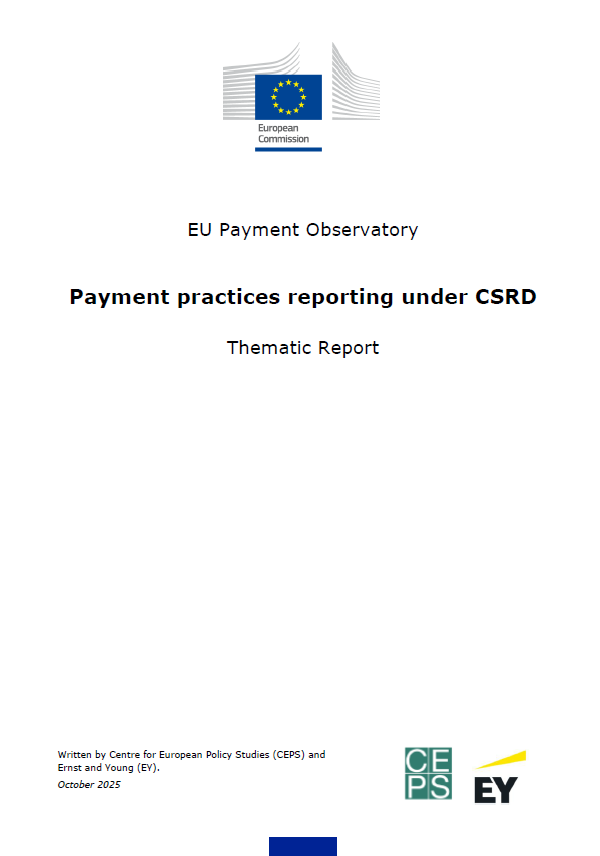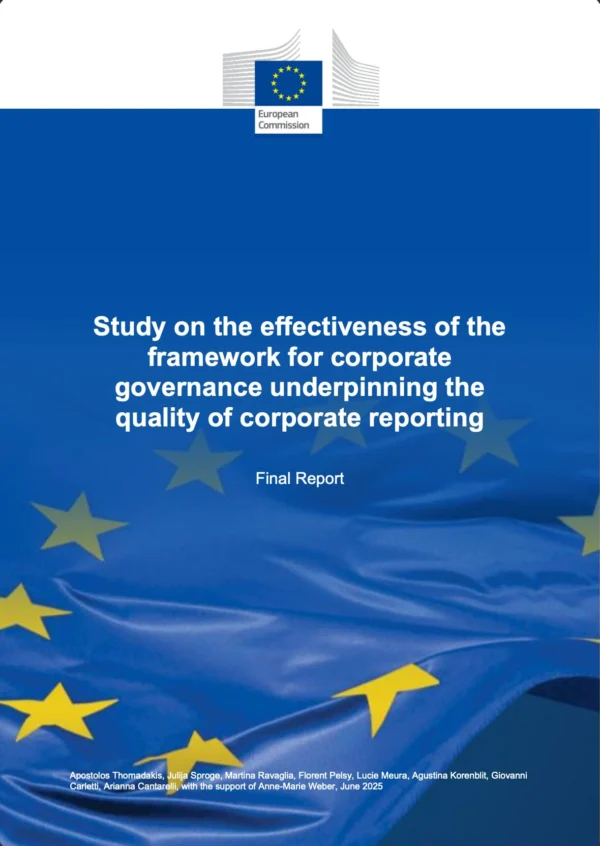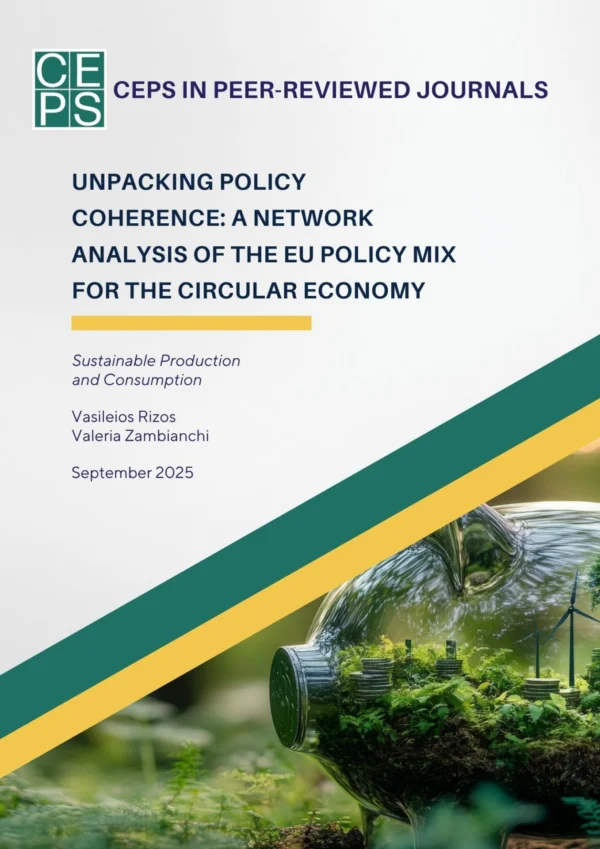Fierce competition in high tech markets is often praised as the source of virtuous, welfare-enhancing innovation. At the same time, however, these competitive instincts can often lead companies to look for shortcuts and ignore risks to speed up the time to market. The fatal accident in Tempe, Arizona on March 18th was unfortunately waiting to happen.
This competitive race to be first to market is even more problematic for emerging disruptive technologies, which need to gain the acceptance of end users before being fully deployed on the market. In the early phases of technology development, new technologies deserve more caution: to avoid early-stage accidents that could jeopardize the technology for years, cooperation and collective action between rival industry players (so-called “co-opetition”) can help save the market from an early collapse.
Autonomous vehicles are in such a phase of extreme competition. The fierce, unregulated race between companies like Uber and Waymo to put their cars and trucks on the road might lead these companies to gamble with the life of pedestrians. As I wrote in an article in January this year, there should be a moment of reflection before allowing companies to test self-driving cars in urban spaces. Self-driving cars are simply not ready to deal with human beings: their sensors are not yet sharp enough at detecting objects, in particular when these objects are moving; and especially in the early phase of development, the absence of other self-driving vehicles on the road limits the potential for these cars to engage in vehicle-to-vehicle communication. The alternative, vehicle-to-environment communication, is yet to come and seems to be the most likely to prevail in the European Union, but not in the United States.
This column originally appeared in Forbes, 20 March 2018. Click here to read the full text.
Andrea Renda is Senior Research Fellow and Head of Global Governance, Regulation, Innovation and the Digital Economy at CEPS and Chair for Digital Innovation at the College of Europe in Bruges.












